Sodium cyanide is a highly toxic compound that poses significant risks to human health and the environment. It is commonly used in various industrial processes, including mining and electroplating, but its potential for harm cannot be overstated. When Sodium cyanide comes into contact with water, it can release toxic hydrogen cyanide gas, which is even more dangerous. This article aims to provide a comprehensive overview of Sodium Cyanide poisoning, its symptoms, and the appropriate Antidotes to counteract its effects.
The Dangers of Sodium Cyanide
Sodium cyanide is notorious for its lethal properties. It can cause severe damage to living organisms and the soil, making it a hazardous substance that requires careful handling. The compound is particularly dangerous because it can be absorbed through the skin, inhaled as dust or gas, or ingested. The symptoms of poisoning can manifest rapidly, leading to respiratory and cardiac arrest in severe cases.
A mere 0.06 grams of hydrocyanic acid, which can be produced from sodium cyanide, is enough to cause death if ingested. Similarly, inhaling sodium cyanide dust or hydrogen cyanide gas can lead to immediate health crises. The urgency of addressing sodium cyanide exposure cannot be overstated, as the consequences can be fatal.
Symptoms of Sodium Cyanide Poisoning
The symptoms of sodium cyanide poisoning can vary depending on the route of exposure. Common symptoms include:
Respiratory Distress: Difficulty breathing, coughing, and a feeling of suffocation can occur, especially if the individual has inhaled cyanide dust or gas.
Cardiac Symptoms: Rapid heart rate, palpitations, and potential cardiac arrest are critical concerns.
Neurological Effects: Headaches, dizziness, confusion, and loss of consciousness may arise as the body struggles to cope with the toxic effects.
Gastrointestinal Distress: Nausea, vomiting, and abdominal pain can occur if sodium cyanide is ingested.
Skin Reactions: Contact with sodium cyanide can lead to burns or irritation on the skin.
Immediate Response to Poisoning
In the event of sodium cyanide exposure, immediate action is crucial. Here are the steps to take based on the type of exposure:
Inhalation: If someone has inhaled sodium cyanide dust or gas, they should be moved to an area with fresh air immediately. This is critical to prevent further absorption of the toxin.
Skin Contact: If sodium cyanide comes into contact with the skin, the affected clothing should be removed promptly. The skin should be rinsed thoroughly with clean water to remove any residue. For skin burns, a 3% boric acid solution can be used to clean the wound.
Ingestion: If sodium cyanide is ingested, gastric lavage may be performed using a 10% Sodium thiosulfate solution or a 1:2000 potassium permanganate solution. Following gastric lavage, an appropriate amount of ferrous sulfate solution can be administered orally to help mitigate the effects of the poison.
Antidotes for Sodium Cyanide Poisoning
The treatment for sodium cyanide poisoning involves the use of specific antidotes that can neutralize the toxic effects of the compound. The following are commonly used antidotes:
Sodium Nitrite: In cases of sodium cyanide poisoning, a slow intravenous injection of 10-15ml of 3% Sodium nitrite can be administered. This compound works by converting hemoglobin into methemoglobin, which can bind to cyanide ions and help facilitate their removal from the body.
Sodium Thiosulfate: Following the administration of sodium nitrite, a slow intravenous injection of 25-50ml of 50% sodium thiosulfate should be given using the same needle and at the same site. Sodium thiosulfate acts as a sulfur donor, allowing the body to convert cyanide into a less toxic compound that can be excreted.
Supportive Care: In cases of severe poisoning, where respiratory and cardiac arrest may occur, cardiopulmonary resuscitation (CPR) should be initiated immediately. Supportive care, including oxygen therapy and monitoring of vital signs, is essential in managing the patient's condition.
Prevention and Safety Measures
Given the dangers associated with sodium cyanide, it is vital to implement safety measures to prevent exposure. Here are some recommendations:
Proper Training: Individuals who work with sodium cyanide should receive comprehensive training on handling the substance safely, including emergency response procedures.
Personal Protective Equipment (PPE): Appropriate PPE, such as gloves, goggles, and respirators, should be worn when handling sodium cyanide to minimize the risk of exposure.
Emergency Protocols: Workplaces that use sodium cyanide should have clear emergency protocols in place, including access to antidotes and first aid supplies.
Environmental Considerations: Efforts should be made to prevent sodium cyanide from contaminating soil and water sources, as its environmental impact can be devastating.
Conclusion
Sodium cyanide is a highly toxic substance that poses significant risks to human health and the environment. Understanding the symptoms of poisoning and the appropriate antidotes is crucial for effective response in case of exposure. Immediate action, including the use of sodium nitrite and sodium thiosulfate, can save lives. Additionally, implementing safety measures and proper training can help prevent exposure and mitigate the risks associated with this dangerous compound. Awareness and preparedness are key to ensuring safety in environments where sodium cyanide is present.
- Random Content
- Hot content
- Hot review content
- Plastic Shock Tube(VOD≧1600m/s)
- Citric acid-Food Grade
- Feed Grade 98.0% Calcium Formate
- Maleic Anhydride - MA
- Lithium hydroxide 99% Solid
- 99.5% Pure Ethylene Glycol Mono Ethylene Glycol MEG EG
- Sodium nitrate
- 1Discounted Sodium Cyanide (CAS: 143-33-9) for Mining - High Quality & Competitive Pricing
- 2China's New Regulations on Sodium Cyanide Exports and Guidance for International Buyers
- 3Sodium Cyanide 98% CAS 143-33-9 gold dressing agent Essential for Mining and Chemical Industries
- 4International Cyanide(Sodium cyanide) Management Code - Gold Mine Acceptance Standards
- 5China factory Sulfuric Acid 98%
- 6Anhydrous Oxalic acid 99.6% Industrial Grade
- 7Oxalic acid for mining 99.6%
- 1Sodium Cyanide 98% CAS 143-33-9 gold dressing agent Essential for Mining and Chemical Industries
- 2High Quality 99% Purity of Cyanuric chloride ISO 9001:2005 REACH Verified Producer
- 3Zinc chloride ZnCl2 for High Molecular Weight Polymers Initiator
- 4High Purity · Stable Performance · Higher Recovery — sodium cyanide for modern gold leaching
- 5High Quality Sodium Ferrocyanide / Sodium Hexacyanoferr
- 6Gold Ore Dressing Agent Safe Gold Extracting Agent Replace Sodium Cyanide
- 7Sodium Cyanide 98%+ CAS 143-33-9


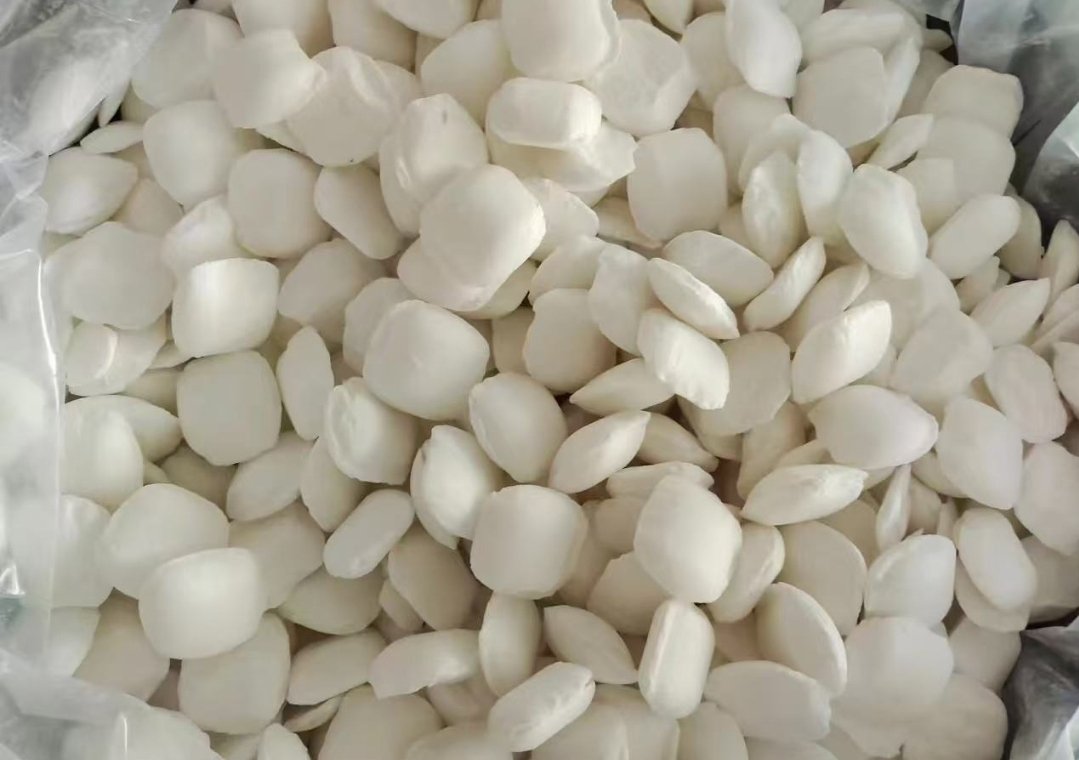
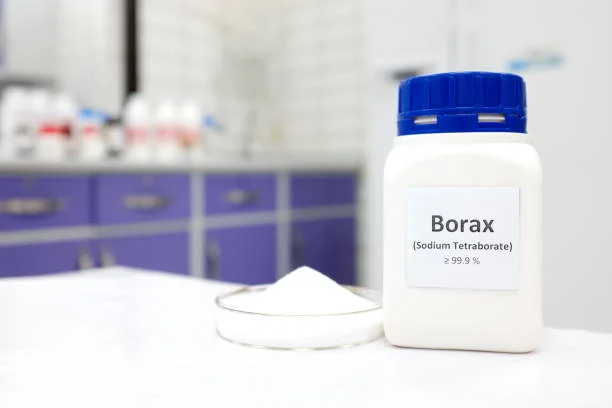
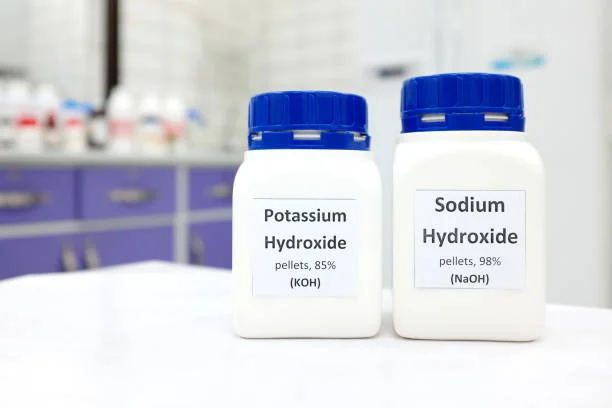
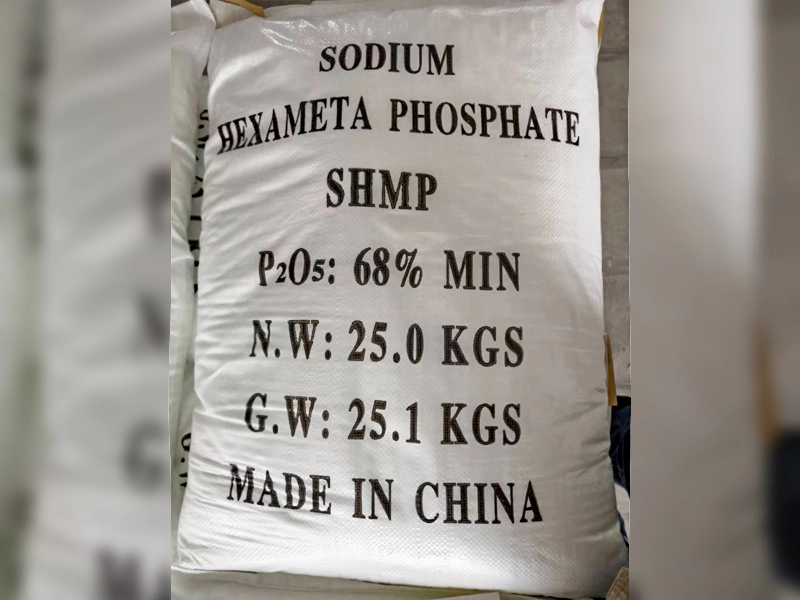


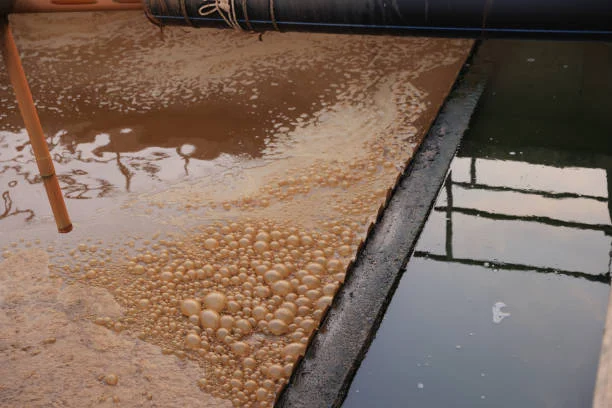


Online message consultation
Add comment: